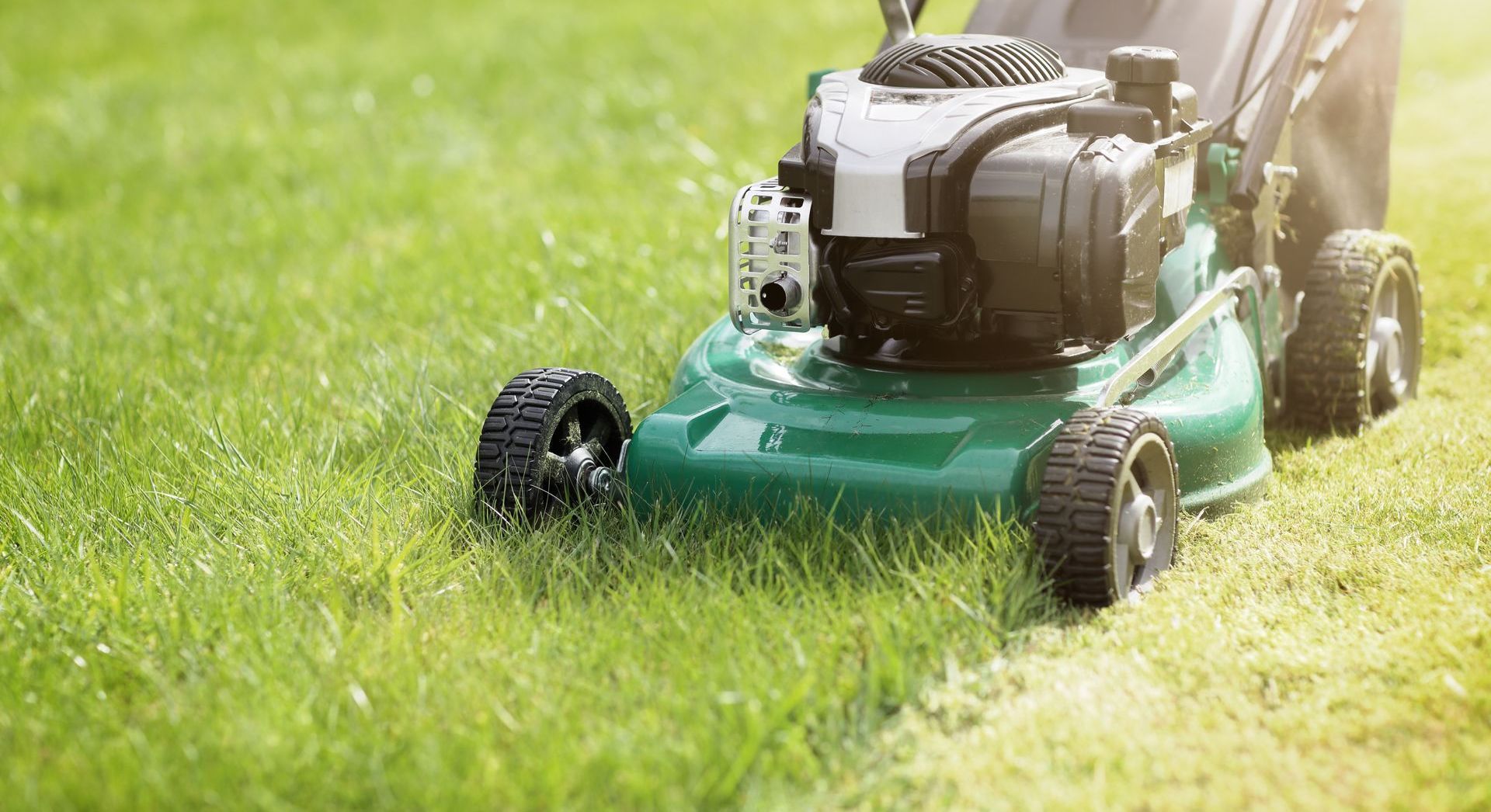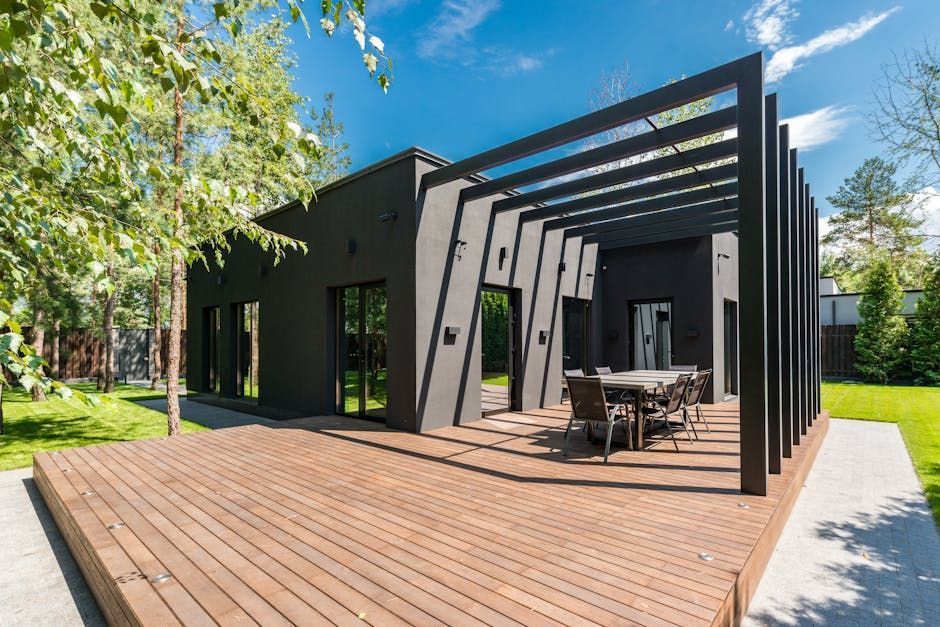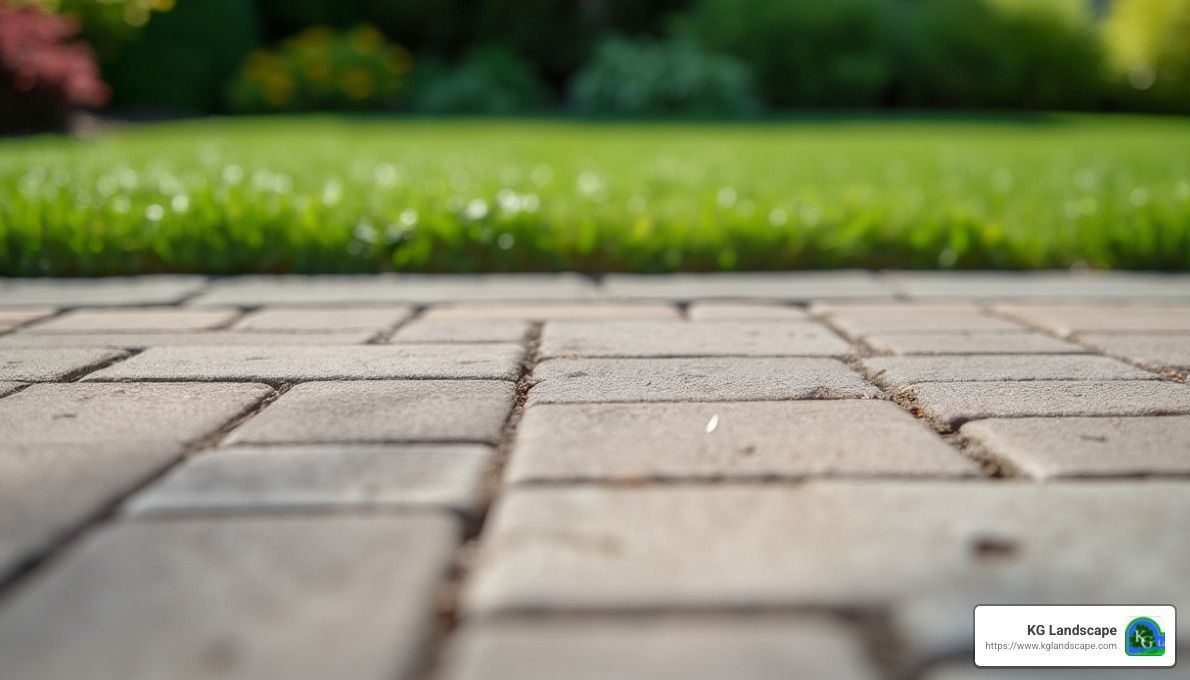Summer Lawn Maintenance Tips You Can't Ignore!
As summer approaches, ensuring a lush and
healthy lawn
can be a challenge. Did you know
mowing
your lawn at the appropriate height can cut down on time spent in the blistering sun? Our blog provides insightful tips on maintaining an enviable green carpet during the hottest months, from setting up a proper mowing schedule to avoiding common fertilizing mistakes.
Don't let summer burn out your yard – read on to discover how to keep it flourishing!
Key Points
- Consistent and appropriate lawn mowing, following a weekly schedule and not cutting the grass too short or leaving it too tall, is crucial for maintaining a healthy lawn during summer.
- Proper fertilization every 5 - 6 weeks, except in August to prevent excessive growth, ensures consistent nutrient supply for lush green grass.
- Deep and appropriate watering of lawns, avoiding both overwatering and underwatering, promotes strong root growth and prevents damage due to dehydration. Early morning watering is recommended.
- Regular weed management through proper mowing, fertilizing, and watering techniques helps prevent weeds from spreading and competing with the grass for nutrients.
- Effective pest control measures are necessary to protect your lawn from pests like grubs or chinch bugs that can cause significant damage if left unaddressed.
- Maintaining the ideal mowing height for different types of grass is essential; 3-3.5 inches for cool-season grasses like Fescue and 2 1/2 inches for warm-season grasses.
Summer Lawn Maintenance Dos And Don'ts
Mow lawns weekly and maintain a proper mowing schedule to preserve the health and appearance of your lawn throughout the summer season.Mow Lawns Weekly And Maintain A Proper Mowing Schedule
Consistent and appropriate lawn mowing is one of the crucial steps to ensuring your lawn stays healthy throughout the summer months. Adhering to a weekly lawn mowing schedule, keeping in mind not to cut the grass too short or leave it too tall, aids in maintaining its aesthetic appeal and overall wellbeing.A practical rule of thumb is never to remove more than one-third of the grass blade length at any single mowing session. Regularity matters because allowing your grass height to become excessive can result in shock from sudden drastic trims later on, potentially leading toward undesirable bald spots in your lush green cover.
Also noteworthy is that during periods of intense summer stress, raising the mower's cutting height by half an inch helps shield the soil from sun exposure and reduce water evaporation rates significantly; thereby further enriching your routine oriented towards essential lawn care during summer.
Fertilize Your Lawn Properly
Optimal lawn health and growth during the sweltering summer months hinge on proper fertilizer application. This critical step in your Summer Lawn Maintenance Dos and Don'ts ensures a consistent nutrient supply, promoting lush, green grass throughout this sunny season.It's essential to spread an adequate amount of fertilizer every 5-6 weeks; however, skipping August can prevent excessive growth from too much nitrogen.
Bear in mind that over-fertilizing poses a significant risk to your lawn’s wellbeing—this common mistake accelerates growth beyond a sustainable rate. Always adhere strictly to fertilizer application guidelines to avoid these potential pitfalls and achieve optimal results.
Notably, it is best practice to apply fertilizers only when necessary and at recommended amounts on calm days free from wind or rain for the most effective distribution. With diligent care and appropriate lawn maintenance tips followed correctly, you will be rewarded with a vibrant summer lawn truly worth admiring!
Water Your Lawn Deeply And Appropriately
Summer lawn maintenance demands a keen sense of watering strategy, primarily focused on deep and appropriate hydration. Proper lawn irrigation is crucial to maintaining a healthy, green lawn in the scorching heat.The key lies in understanding that both overwatering and underwatering can cause significant damage to your turf's health. Focusing on adequate watering ensures optimal water absorption by the grass roots, allowing them to grow strong and resilient against summer stresses.
To get this right, aim for thorough soaking that reaches deep into the soil without making it soggy or causing runoff—this technique promotes robust root growth. Adopt a routine of early morning watering—the cooler temperatures reduce evaporation allowing maximum water intake before afternoon heat sets in.
This correct watering technique offers double benefits - it aids in fertilizing your lawn more effectively by helping nutrients penetrate deeper while also preventing possible lawn damage due to improper hydration during intense summer months.
Keep An Eye Out For Weeds
Proper weed management is a crucial element of summer lawn maintenance. Weeds not only ruin the aesthetics of your lawn but also compete with grass for essential nutrients and water. Regularly inspecting your lawn and keeping an eye out for any signs of weeds is vital to prevent them from spreading and taking over.Implementing preventive measures such as proper mowing, fertilizing, and watering can significantly reduce their growth. By maintaining a healthy lawn and promptly removing any emerging weeds, you can ensure that your outdoor space remains lush, vibrant, and free from unsightly intruders.
Practice Proper Pest Control And Disease Prevention
Proper pest control and disease prevention are essential for maintaining a healthy lawn during the summer. Pests such as white grubs, chinch bugs, sod webworms, armyworms, and cutworms can wreak havoc on your lawn, causing damage to the grass and potentially leading to brown patches or bare spots.To keep these pests at bay, it's important to regularly inspect your lawn for any signs of infestation and promptly address them. This can include using organic or chemical treatments specifically designed for controlling these pests.
Additionally, implementing good cultural practices like proper watering and mowing techniques can help prevent diseases from taking hold in your lawn. By practicing proper pest control and disease prevention measures, you'll be able to enjoy a lush green lawn all summer long without worrying about unwelcome visitors or unsightly patches.

Ideal Mowing Height For Summer Lawns
Maintaining the ideal mowing height for your lawn during summer is crucial to ensure a healthy and vibrant yard. The optimal grass height varies depending on the type of grass you have. For cool-season grasses like Fescue, it is recommended to keep a cutting height of around 3-3.5 inches.This allows the grass to maintain its density and shade out weed seeds effectively.
On the other hand, warm-season grasses have different requirements. Generally, keeping them at a height of about 2 1/2 inches works well. However, certain varieties like Bermuda grass should be cut even shorter at around 0.5-1.5 inches.
Raising your lawn mower's cutting height by one-half inch during times of stress can also benefit your lawn's health and resilience. The slight increase in mowing height helps protect the roots from heat damage while maintaining an attractive appearance.
Remember that maintaining the right mowing height not only supports healthy growth but also influences weed control and soil temperature regulation during summer months. It's important to determine what kind of grass you have and adjust accordingly to achieve optimal results for your specific lawn type.
Additional Tips For Summer Lawn Maintenance
To keep your lawn in top shape throughout the summer, here are some additional tips for effective maintenance. Firstly, make sure to aerate your lawn at least once a year to allow air and nutrients to reach the roots more easily.This promotes healthier grass growth and prevents soil compaction. Additionally, consider overseeding any bare or thin areas of your lawn with grass seed that is appropriate for your region.
This helps fill in those gaps and creates a more even-looking turf.
Another key aspect of summer lawn maintenance is proper irrigation. Instead of watering every day, aim for deep watering less frequently. This encourages deeper root growth and makes your grass more tolerant to drought conditions. It's also best to water early in the morning when evaporation rates are low, allowing sufficient time for foliage to dry before nighttime.
Lastly, don't forget about regular pest control measures during the summer months. Keep an eye out for signs of pests such as grubs or chinch bugs and take action promptly if needed. Proper pest control can prevent extensive damage to your lawn and help maintain its health and appearance throughout the season.
By following these additional tips along with our previous suggestions on mowing techniques, fertilizing, weed control, you'll be well-equipped to keep your lawn looking vibrant during the summer months while also ensuring its long-term health and sustainability.
Conclusion
In conclusion, proper summer lawn maintenance is vital for a healthy and vibrant lawn. By following these essential tips, such as mowing at the appropriate height, fertilizing correctly, watering deeply, and staying vigilant against weeds and pests, you can ensure that your lawn thrives during the hot summer months.Don't neglect your lawn care duties - take action now to maintain a beautiful and resilient lawn all summer long!










